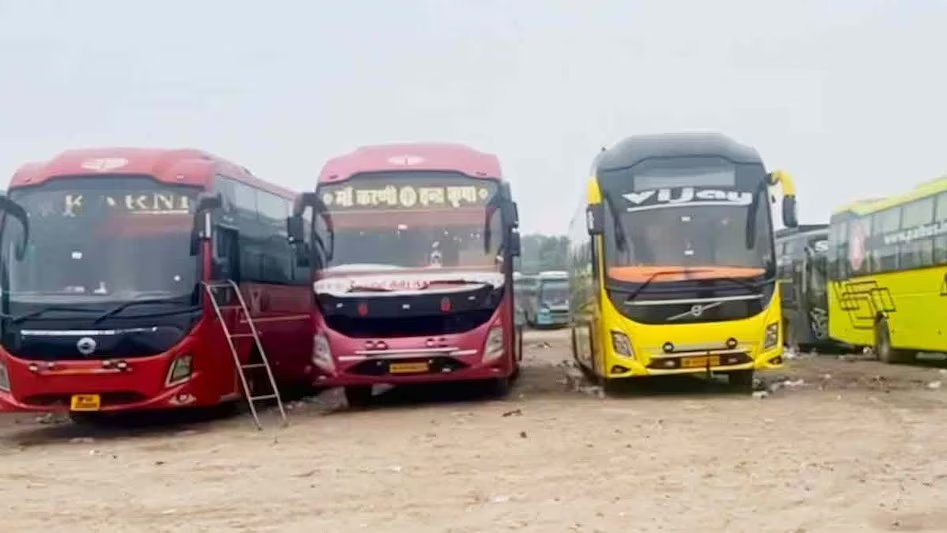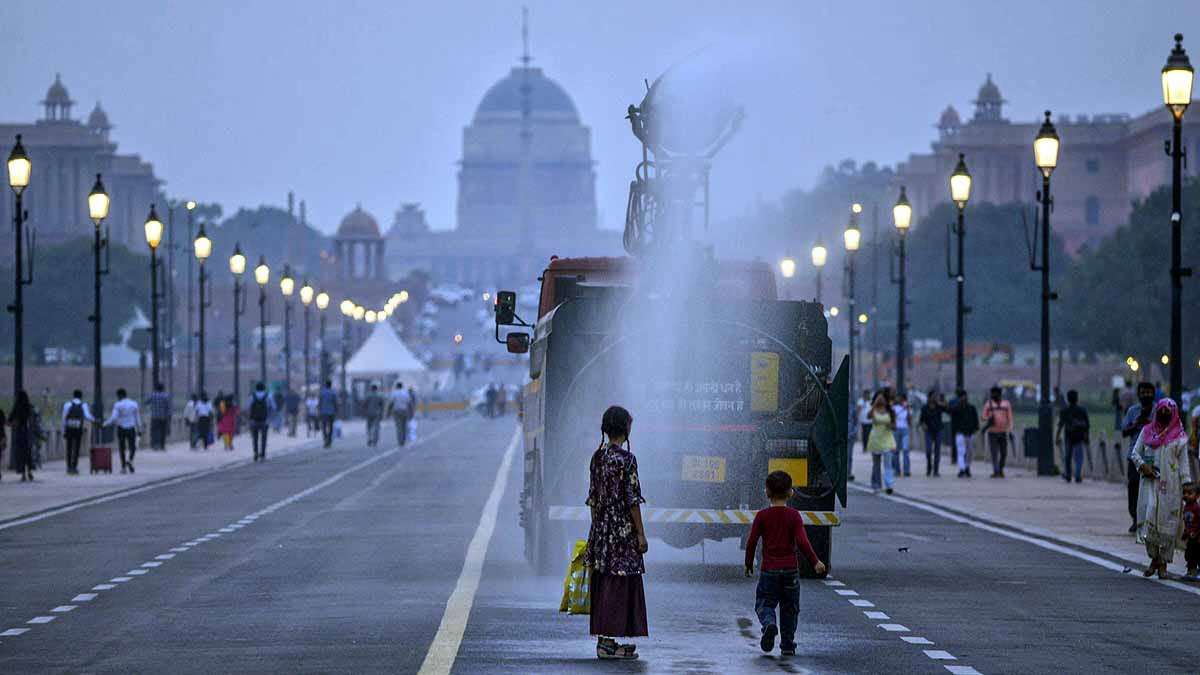Following several instances of fire accidents, sleeper buses cruising the highways have become newsworthy. Concerns are mounting regarding the safety of passengers in these buses. Have you ever noticed that many of these sleeper buses running in Rajasthan bear Nagaland registration plates? The question arises, why are vehicles with Nagaland numbers operating in districts of North India? Let’s unravel the secret behind it...
When traveling from Jaipur to Delhi or neighboring states, you'll discover that many sleeper buses have number plates from Nagaland instead of Rajasthan or Haryana. For instance, the following ticket screenshots showcase that buses coming to Delhi from nearby states have these unusual numbers... (These are tickets for buses from Jaipur to Delhi or Haridwar, demonstrating how operators utilize buses with Nagaland or Arunachal numbers.)

Source: aajtak
Why Use North East State Numbers?
The crux of the matter lies in operators employing this trick to save on RTO taxes. Operators in Rajasthan frequently purchase bus chassis from states like Nagaland and register them there, thus securing local registration numbers. Doing so enables them to significantly save on taxes. Consequently, they can acquire a national permit, operating locally in Rajasthan or other surrounding states while cutting down tax expenses.
Kailash Sharma, Motor Vehicle Inspector from the Rajasthan Transport Department, informed Aaj Tak that this strategy allows bus operators to save considerable amounts annually.
How Much Do They Save?
Kailash Sharma revealed that obtaining a tourist permit in Rajasthan costs around 40,000 rupees monthly per bus. Additionally, operators must pay respective state taxes while traversing through them. For instance, a bus journey from Jaipur to Maharashtra involves paying Gujrat and Maharashtra's taxes. However, purchasing buses from another state considerably reduces tax liabilities. Acquiring buses from Nagaland lowers the tax by up to tenfold.
According to Kailash Sharma, purchasing buses from North East states incurs a quarterly tax of roughly 12,000 rupees, translating to just 3-4,000 rupees monthly. Operators thus benefit around 37,000 rupees monthly. Additionally, with AITP 2023 registration, they avoid paying inter-state taxes. AITP requires 90,000 rupees quarterly, yet saves on state taxes.
On average, without this tactic, operators spend over 100,000 rupees in taxes. In contrast, importing buses from other states reduces this cost to 20-25,000 rupees. As a result, operators bring buses from these states for operations in Rajasthan.
Where are the Taxes Lowest?
Reports indicate that the lowest taxes are found in Nagaland and Meghalaya, contrasting with higher tax rates in other regions of the country. In Rajasthan, taxes are determined based on seating capacity. However, this structure primarily aids in tax reduction, while other regulations comply state-wise and require specific clearances per local bodies.




